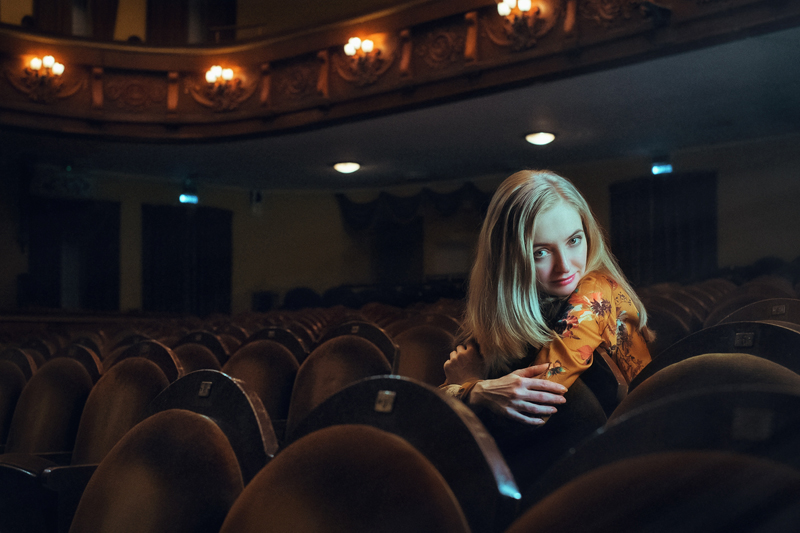The Connection Film Review

The agility and portability of digital cameras is often touted as evidence of their superiority to film cameras. “The Connection”, which was photographed in glorious 35mm, seems designed by its makers as a rebuttal to this argument. In the hands of director Cedric Jimenez and his cinematographer Laurent Tangy, the camera has a kind of weightless, kinetic energy that knows no boundaries. Jimenez forces the camera to work for the actors, so that both can be mobile.
“The Connection” (original title “La French”) is set in the port city of Marseille during the 1970s. Judge Pierre Michel (Jean Dujardin) is transferred to the organized crime division. He quickly learns that the heroin trade is controlled by Gaetan Zampa (Gilles Lellouche), who has so far managed to outwit the police. Michel begins to relentlessly dismantle Zampa’s empire, using unconventional means when necessary. When Michel’s investigation threatens to expose corrupt politicians and policemen, he is pulled off the case. Pierre Michel continues investigating on his own, which puts his career and his life in jeopardy.
“The Connection” is based on true events. Zampa controlled the drug smuggling operation that American police officers in William Friedkin’s 1971 classic, “The French Connection” were trying to destroy. Cedric Jimenez, who co-wrote the screenplay with Audrey Diwan, is closer to Michael Mann than Friedkin, however, in the way he approaches his subject. As in Mann’s “Heat” (1995), Jimenez is interested in the relationship that exists between two men on the opposite sides of the law. He also includes one pivotal scene in which Michel and Zampa confront each other, similar to the famous diner scene in “Heat”.
“The Connection” is the second feature film from Jimenez. Shot on location in his native Marseille, it is obvious that Jimenez loves the city and his characters. The problem is the structure of “The Connection”. The film has an exhilarating momentum that comes to screeching halt after Michel’s encounter with Zampa. Jimenez then spends about thirty minutes exploring Michel’s personal life and marital troubles. It may be historically accurate to present the subject in this way, but it breaks up the rhythm of the film. It’s curious that Jimenez and Diwan did not envisage a non-linear story structure, which would have kept the film’s momentum intact.
Jimenez never considered anyone but Jean Dujardin and Gilles Lellouche for the two leading roles. The two actors do bear a superficial resemblance to their real-life counterparts. Their real value, though, is in bringing emotional complexity to their characters and holding the viewer’s attention until the film’s inevitable conclusion.
“The Connection” was originally released in the US in 2015. The film is in French with English subtitles. The DVD comes with deleted scenes and a fifty-minute documentary on the making of “The Connection”, directed by screenwriter Audrey Diwan. Rated R for violence and occasional profanity, I watched the film at my own expense. Review posted on 4/16/2016.
“The Connection” (original title “La French”) is set in the port city of Marseille during the 1970s. Judge Pierre Michel (Jean Dujardin) is transferred to the organized crime division. He quickly learns that the heroin trade is controlled by Gaetan Zampa (Gilles Lellouche), who has so far managed to outwit the police. Michel begins to relentlessly dismantle Zampa’s empire, using unconventional means when necessary. When Michel’s investigation threatens to expose corrupt politicians and policemen, he is pulled off the case. Pierre Michel continues investigating on his own, which puts his career and his life in jeopardy.
“The Connection” is based on true events. Zampa controlled the drug smuggling operation that American police officers in William Friedkin’s 1971 classic, “The French Connection” were trying to destroy. Cedric Jimenez, who co-wrote the screenplay with Audrey Diwan, is closer to Michael Mann than Friedkin, however, in the way he approaches his subject. As in Mann’s “Heat” (1995), Jimenez is interested in the relationship that exists between two men on the opposite sides of the law. He also includes one pivotal scene in which Michel and Zampa confront each other, similar to the famous diner scene in “Heat”.
“The Connection” is the second feature film from Jimenez. Shot on location in his native Marseille, it is obvious that Jimenez loves the city and his characters. The problem is the structure of “The Connection”. The film has an exhilarating momentum that comes to screeching halt after Michel’s encounter with Zampa. Jimenez then spends about thirty minutes exploring Michel’s personal life and marital troubles. It may be historically accurate to present the subject in this way, but it breaks up the rhythm of the film. It’s curious that Jimenez and Diwan did not envisage a non-linear story structure, which would have kept the film’s momentum intact.
Jimenez never considered anyone but Jean Dujardin and Gilles Lellouche for the two leading roles. The two actors do bear a superficial resemblance to their real-life counterparts. Their real value, though, is in bringing emotional complexity to their characters and holding the viewer’s attention until the film’s inevitable conclusion.
“The Connection” was originally released in the US in 2015. The film is in French with English subtitles. The DVD comes with deleted scenes and a fifty-minute documentary on the making of “The Connection”, directed by screenwriter Audrey Diwan. Rated R for violence and occasional profanity, I watched the film at my own expense. Review posted on 4/16/2016.
You Should Also Read:
Mobius Film Review
Sicario Film Review

Related Articles
Editor's Picks Articles
Top Ten Articles
Previous Features
Site Map
Content copyright © 2023 by Angela K. Peterson. All rights reserved.
This content was written by Angela K. Peterson. If you wish to use this content in any manner, you need written permission. Contact Angela K. Peterson for details.


